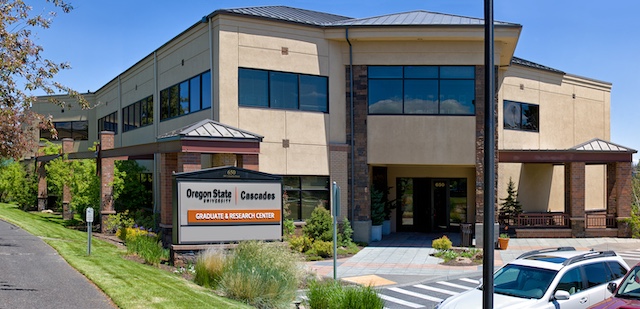Editorial: How much should revenue from alcohol fuel Oregon government?
Published 5:00 am Friday, December 27, 2024

- Taxes
One number that gets thrown around in the debate about Oregon’s alcohol treatment and taxation of alcohol is: 3%.
“A statement from the Oregon Beverage Alliance, which represents breweries, cideries and winemakers in the state, said that just 3% of alcohol revenue goes to mental health and substance use disorders.” That’s the number showing up in an article in The Bulletin earlier this month about the state task force looking at alcohol treatment and taxation.
Trending
State Rep. Ed Diehl, R-Stayton, brought up the 3% in a legislative committee this month.
“We already have a tax on alcohol and I think only 3% goes toward behavioral health programs,” he said. “Why don’t we just increase that amount that goes to behavioral health programs instead of raising the tax?”
We wondered where that 3% number comes from and — what happens to the other 97%?
We found it in a report from the Legislative Policy and Research Office. There’s a chart showing the distribution of the revenue from the Oregon Liquor and Cannabis Commission for 2019-2021. The general fund got $345 million, or 57% of the revenue. Cities got $185.6 million, or 30%. Counties got $54.6 million, or 9%. The Oregon Wine Board got $700,000, or less than .1%. And “mental health, alcoholism and drug services” got $19.7 million, or the 3%.
In other words, after the OLCC subtracts out its costs of purchasing liquor, transportation, paying liquor agents and its other costs, it had $605.5 million left. The state only sent 3% of that revenue most directly to mental health, alcoholism and drug services.
Of course, agencies such as the Oregon Health Authority supported by the general fund do work with people who use alcohol. Cities do law enforcement in their communities and some of that is related to the ways alcohol impacts society. Most Oregon counties are the local public health authority for their communities and do some work in alcohol treatment and prevention.
Trending
The 3% doesn’t mean that all arguments for increasing any taxes on alcohol are invalid. It does mean that legislators will have to answer Diehl’s question: Why is it better to raise taxes on alcohol than reallocate more of the dollars Oregon is already getting off alcohol for treatment and prevention?
The answer will surely be that the money is already going to good causes. So, another question for legislators: How much of the burden of Oregon government should be borne by alcohol customers and businesses?
“More” is the answer for some.








